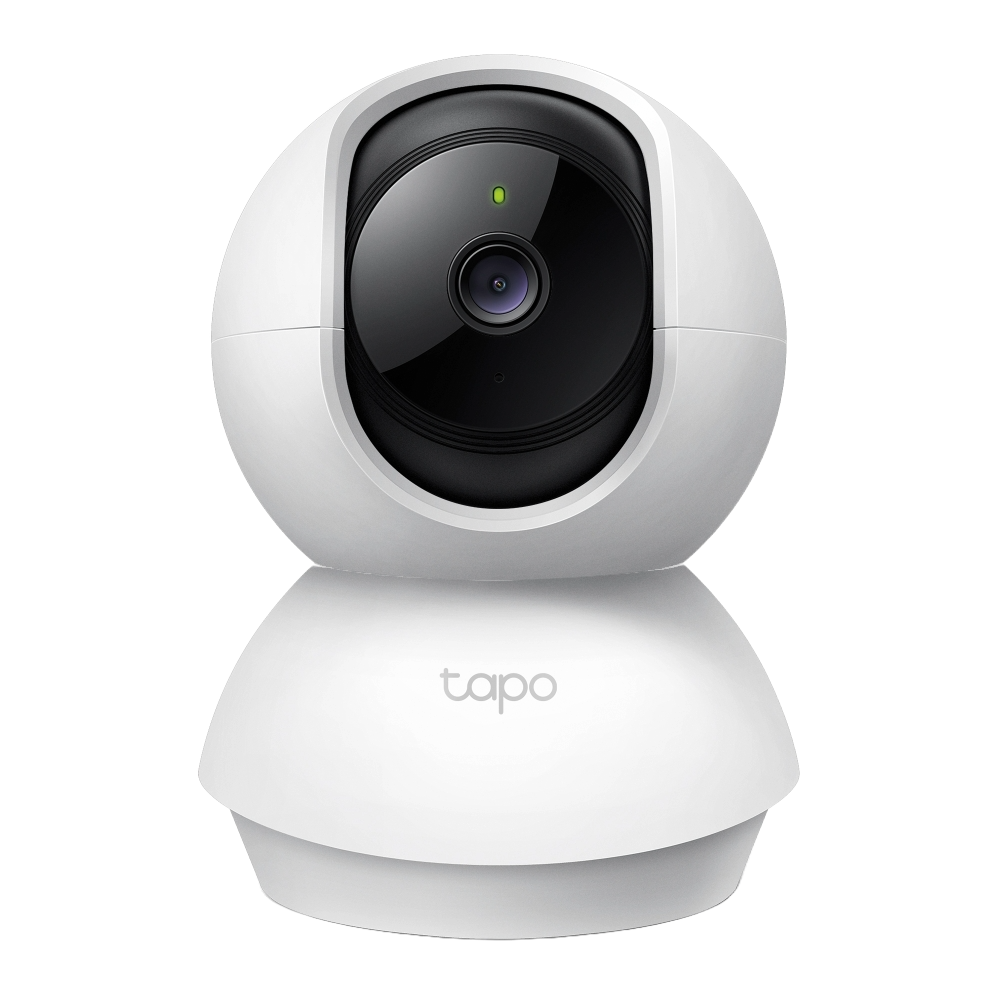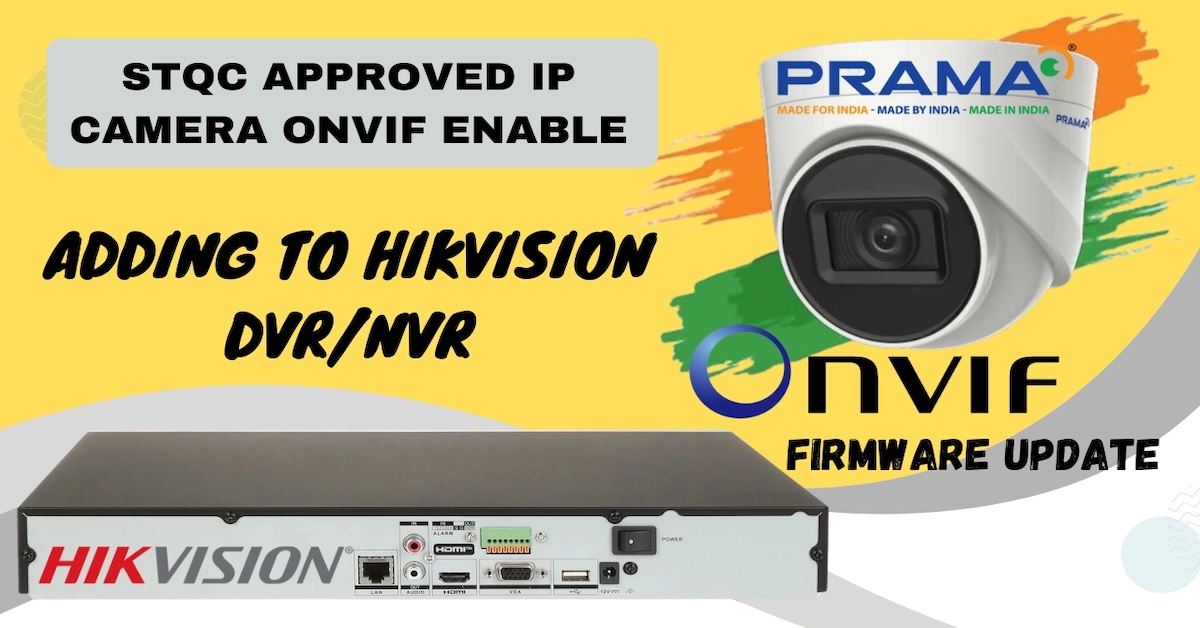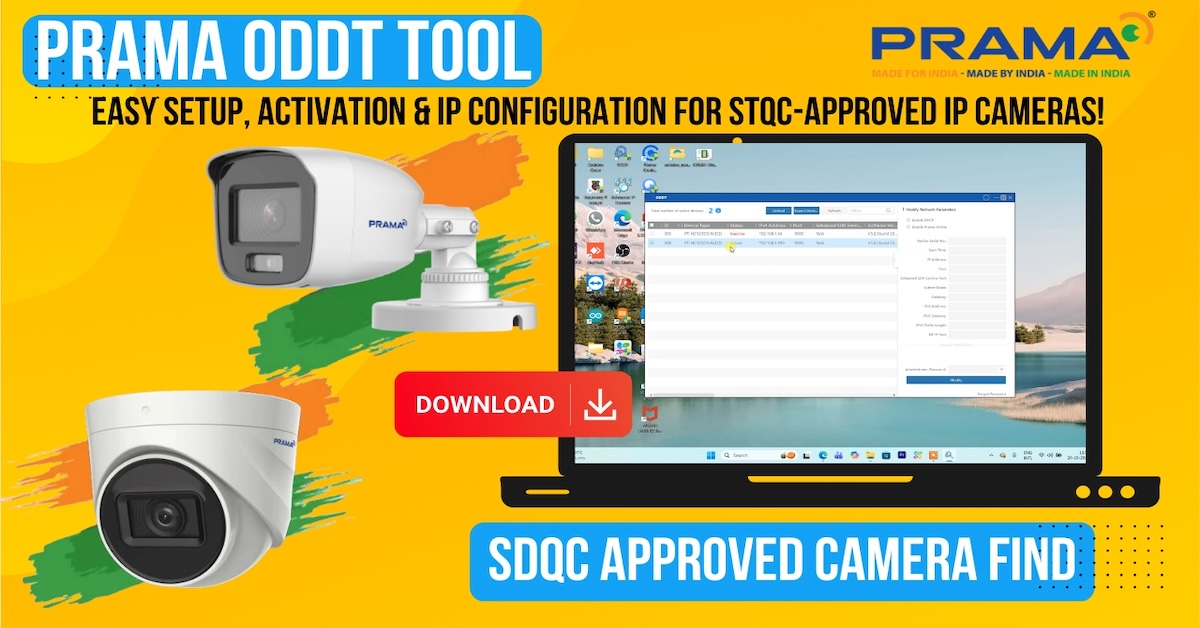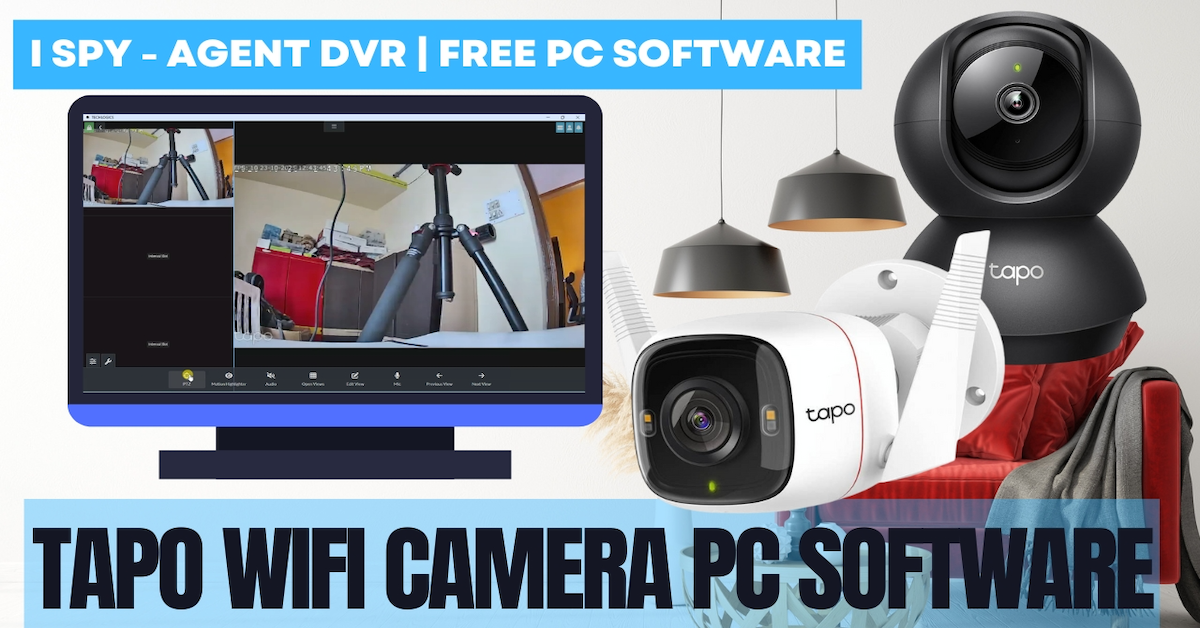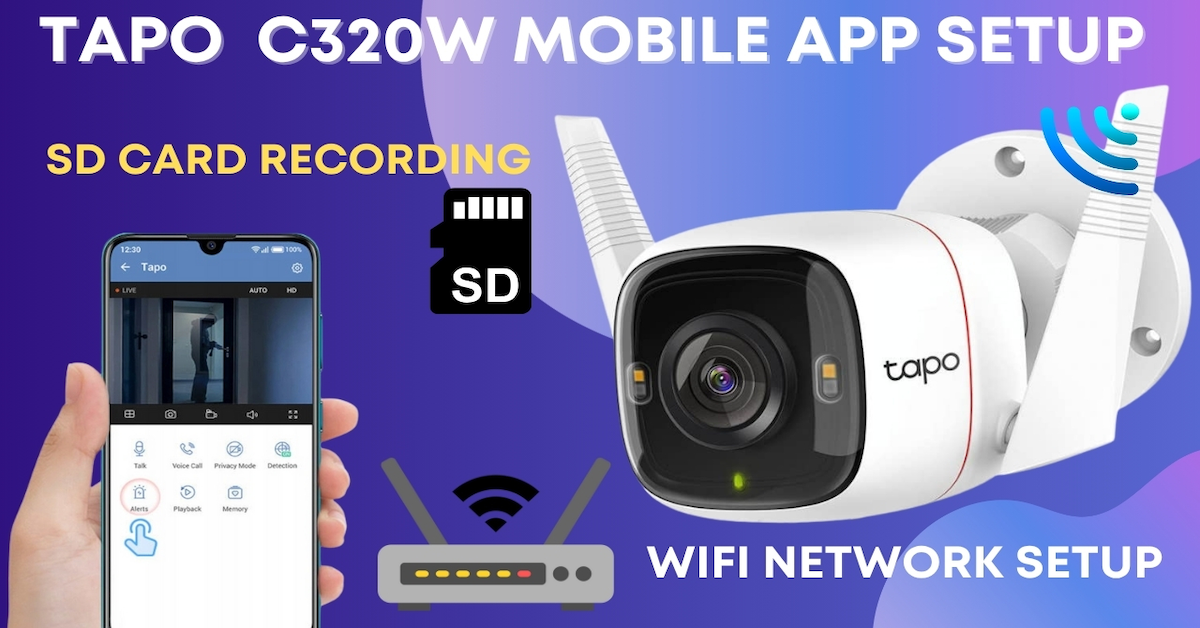Welcome to TECH LOGICS! If you own a TP-Link Tapo WiFi CCTV camera like the C200, C320WS, or C210, you’re likely enjoying its mobile monitoring capabilities. But did you know you can view that live feed on your PC or laptop? In this guide, we’ll walk you through setting up your Tapo camera with iSpy Agent DVR, a free, open-source software that turns your computer into a powerful surveillance hub. We’ll cover enabling RTSP/ONVIF, setting a static IP, installing iSpy, and getting that live feed up and running. Let’s dive in!
Prerequisites
Before we start, ensure you have:
- A TP-Link Tapo camera (e.g., C200, C320WS, C210) already set up in the Tapo app.
- A PC or laptop connected to the same WiFi network as your camera.
- iSpy Agent DVR software, available for free at ispyconnect.com for Windows, Mac, or Linux.
Step 1: Update Your Camera’s Firmware
To ensure compatibility with iSpy Agent DVR, update your Tapo camera to the latest firmware:
- Open the Tapo app on your phone.
- Select your camera from the home screen and tap the gear icon to access Settings.
- Navigate to Firmware Update or Device Info to check your firmware version.
- If an update is available, download and install it, keeping your camera powered on and connected to WiFi.



This step ensures your camera has the latest features and security patches for a smooth connection.
Step 2: Enable RTSP/ONVIF for Streaming
To stream your Tapo camera’s feed to your PC, you need to enable RTSP or ONVIF protocols:
- In the Tapo app, select your camera and go to Settings via the gear icon.
- Scroll to Advanced Settings and tap Camera Account.
- If not already set, create a username and password for your camera. Note these down—you’ll need them for iSpy.
- Save the settings. This automatically enables RTSP/ONVIF for streaming.



Step 3: Set a Static IP for Your Camera
A static IP prevents your camera’s address from changing, ensuring a stable connection:
- In the Tapo app, go to your camera’s Settings and select Network Settings or WiFi Settings.
- Switch from DHCP (dynamic IP) to Static IP.
- Choose an IP within your router’s range (e.g., 192.168.1.100 for a 192.168.1.X network). Verify it’s not in use by checking your router’s admin page.
- Enter your router’s gateway (e.g., 192.168.1.1) and DNS (e.g., 8.8.8.8 for Google’s DNS or your router’s IP).
- Save the settings to lock in the static IP.



Step 4: Install iSpy Agent DVR
Now, let’s install iSpy Agent DVR to view your camera feed:
- Visit ispyconnect.com and download the version for your OS (e.g., Windows, Mac, or Linux).
- Links: Download iSpy Agent DVR: https://www.ispyconnect.com/download
- For Windows, download the zip file, extract it, and locate the setup file.
- Right-click the setup file and select Run as Administrator to install all components.
- Follow the on-screen prompts. If prompted, allow the app through your firewall.
- After installation, launch iSpy Agent DVR from your desktop or Start menu. A web-based dashboard will open in your browser at localhost:8090.
Troubleshooting Tip: If the dashboard doesn’t load, refresh the page or check your browser’s permissions. Ensure your PC’s antivirus isn’t blocking the setup file, and allow iSpy through your firewall if prompted.






Step 5: Add Your Tapo Camera to iSpy Agent DVR
With iSpy running, it’s time to connect your camera:
- Optionally, customize your live view layout in iSpy (e.g., grid or split-screen for multiple cameras).
- In the iSpy dashboard, click the Server Menu (top-right) and select New Device > Network Camera Wizard.
- In the Make field, enter your camera model (e.g., “Tapo C320WS”). Select your model from the list or choose a generic Tapo option if it’s not listed.
- Enter the username and password you set in the Tapo app’s Camera Account.
- If your camera appears in the network list, select it. Otherwise, manually enter the static IP (e.g., 192.168.1.100) in the Network Address field.
- After the wizard scans your camera, select the stream URL ending in /stream1 for high-quality video. Click Use and then OK.
Your camera’s live feed should now appear in iSpy’s Live Video tab. If it doesn’t, restart iSpy or verify your IP, credentials, and WiFi connection.






Step 6: Optional Remote Access Setup
By default, your setup works on your local WiFi network. For remote access (e.g., viewing your feed away from home):
- Log into your router’s admin panel (usually at 192.168.1.1).
- Set up port forwarding for port 554 (used for RTSP streaming) to your camera’s static IP.
- Refer to TP-Link’s support page for detailed port forwarding instructions.
Security Note: Port forwarding exposes your camera to the internet. Use a strong password and consider a VPN for added security.
What’s Next?
You’re now set to monitor your Tapo camera on your PC with iSpy Agent DVR! This setup supports features like motion detection, recording, and live feed management. Stay tuned for our upcoming guides on mastering iSpy’s advanced features, such as tweaking motion detection, setting alerts, and optimizing recordings.
If this guide helped you, please like, share, and subscribe to TECH LOGICS for more tech tutorials. Join our community and keep leveling up your surveillance game!
